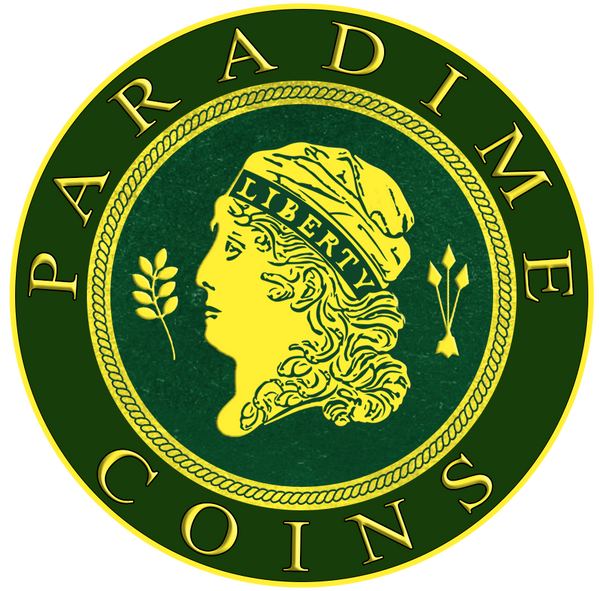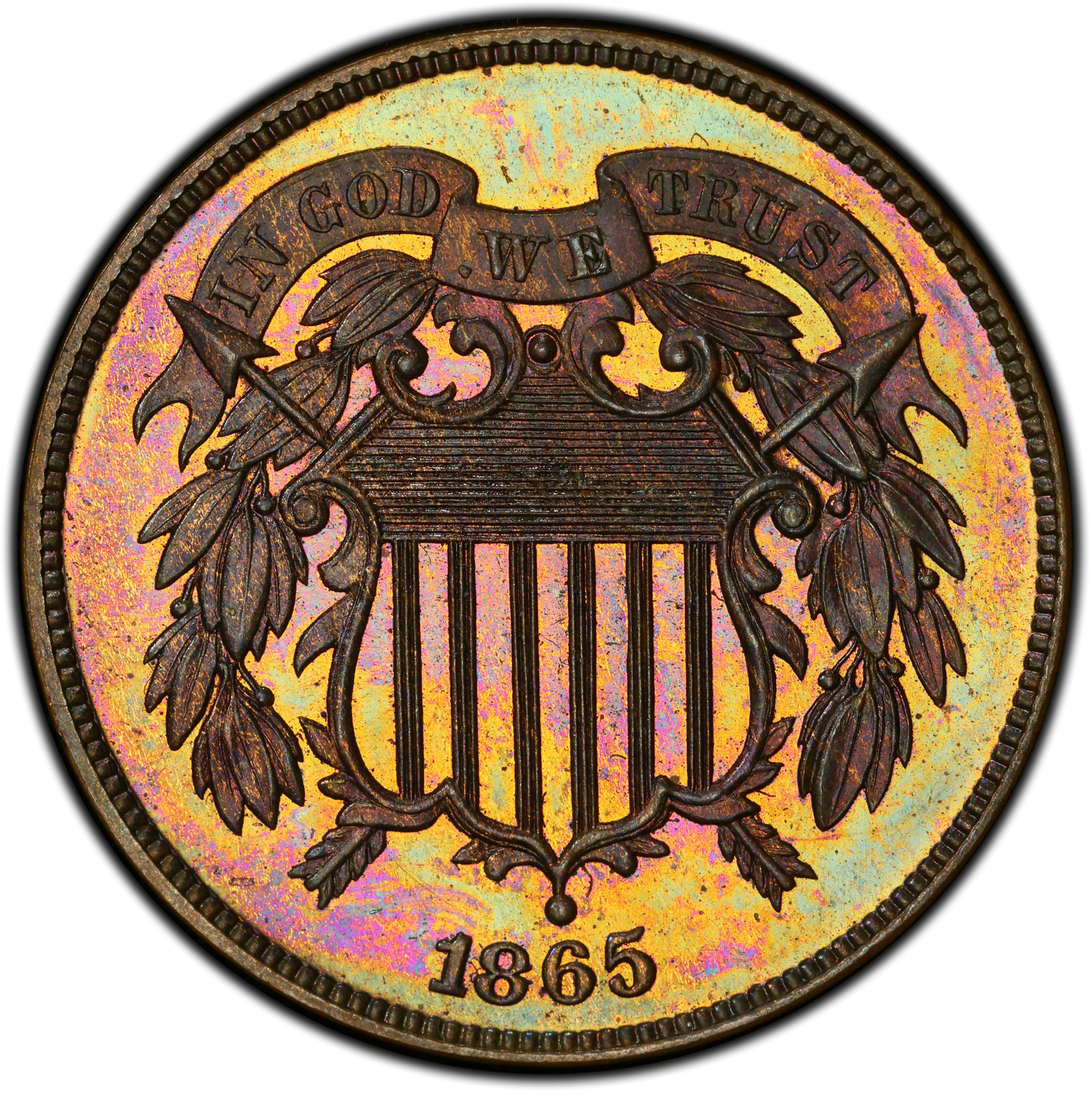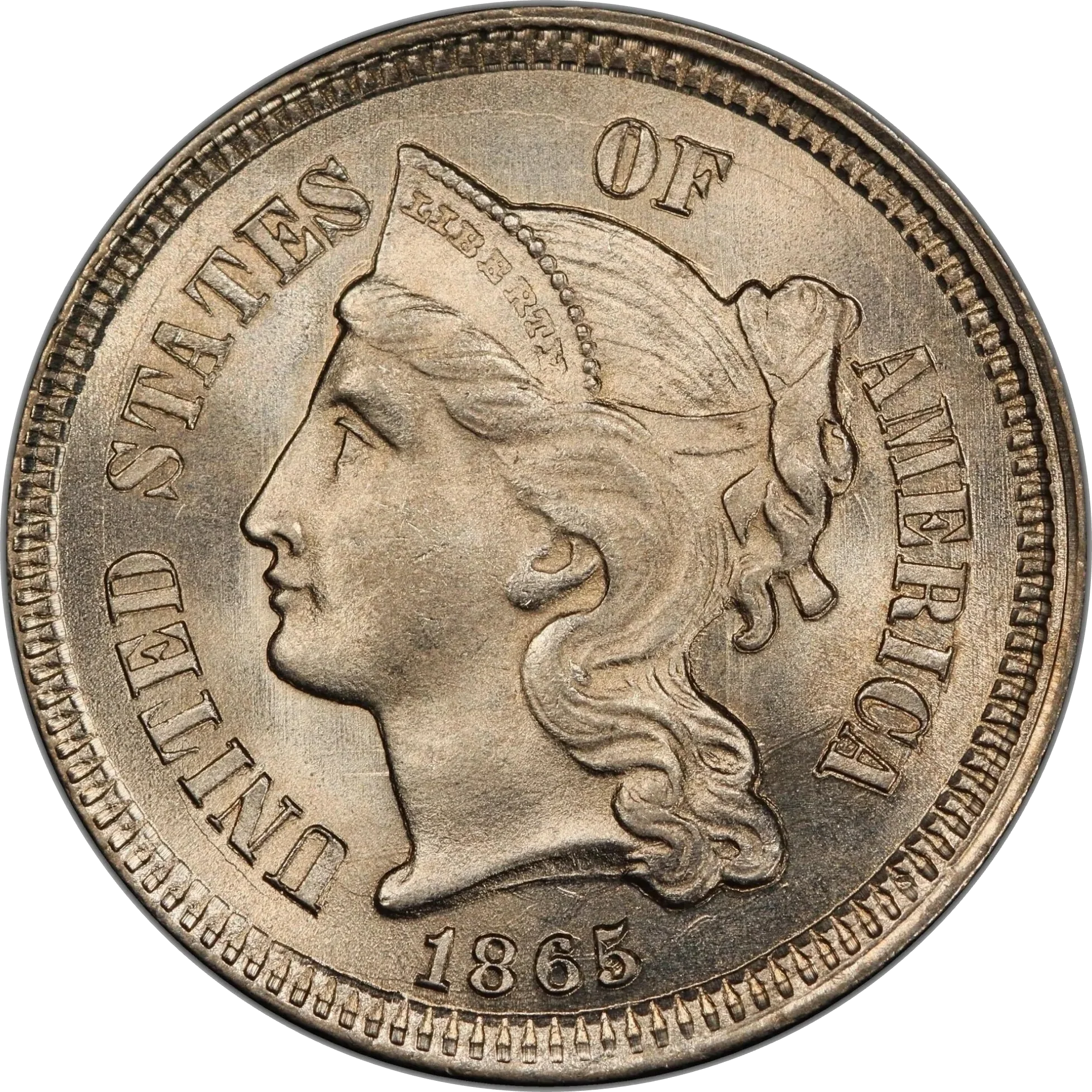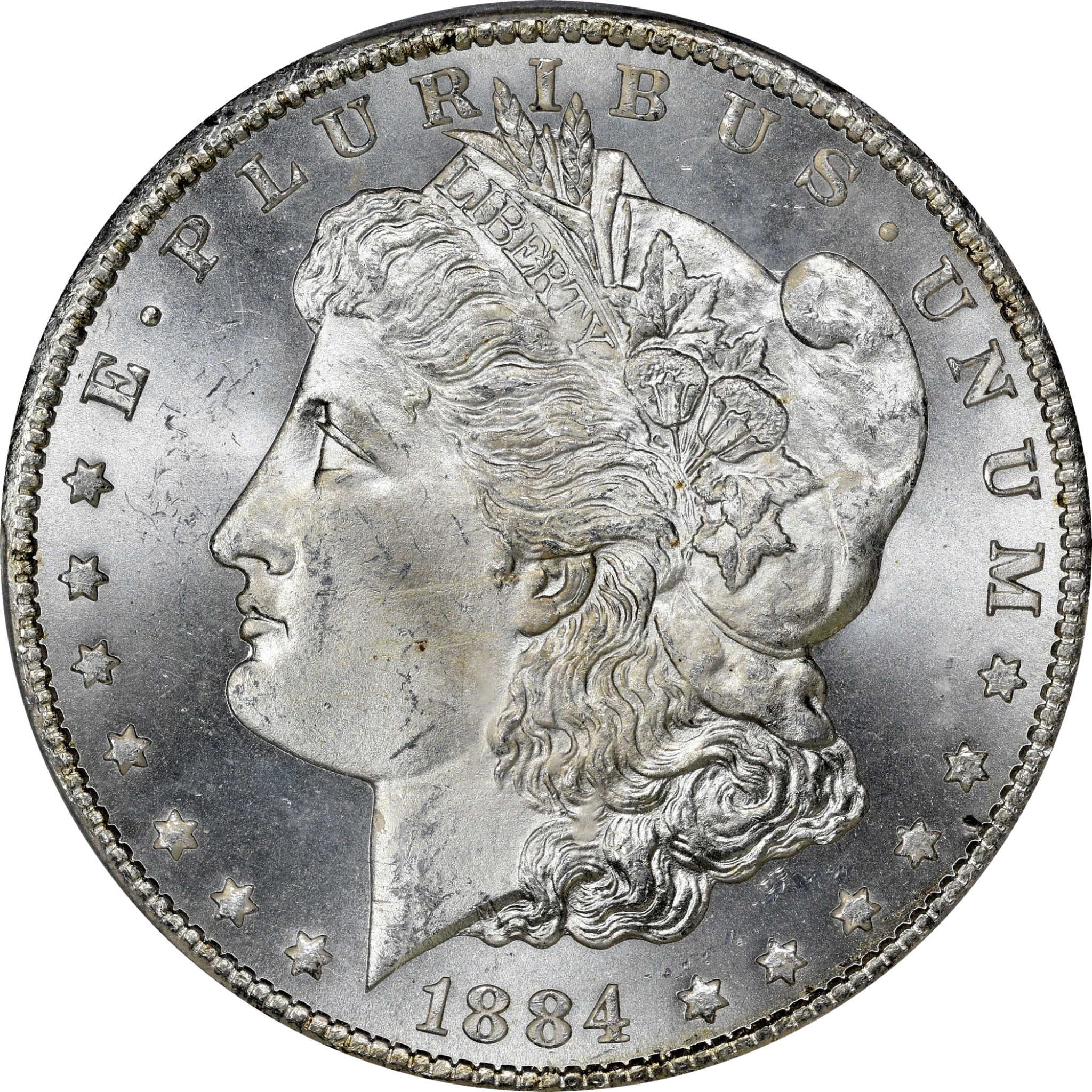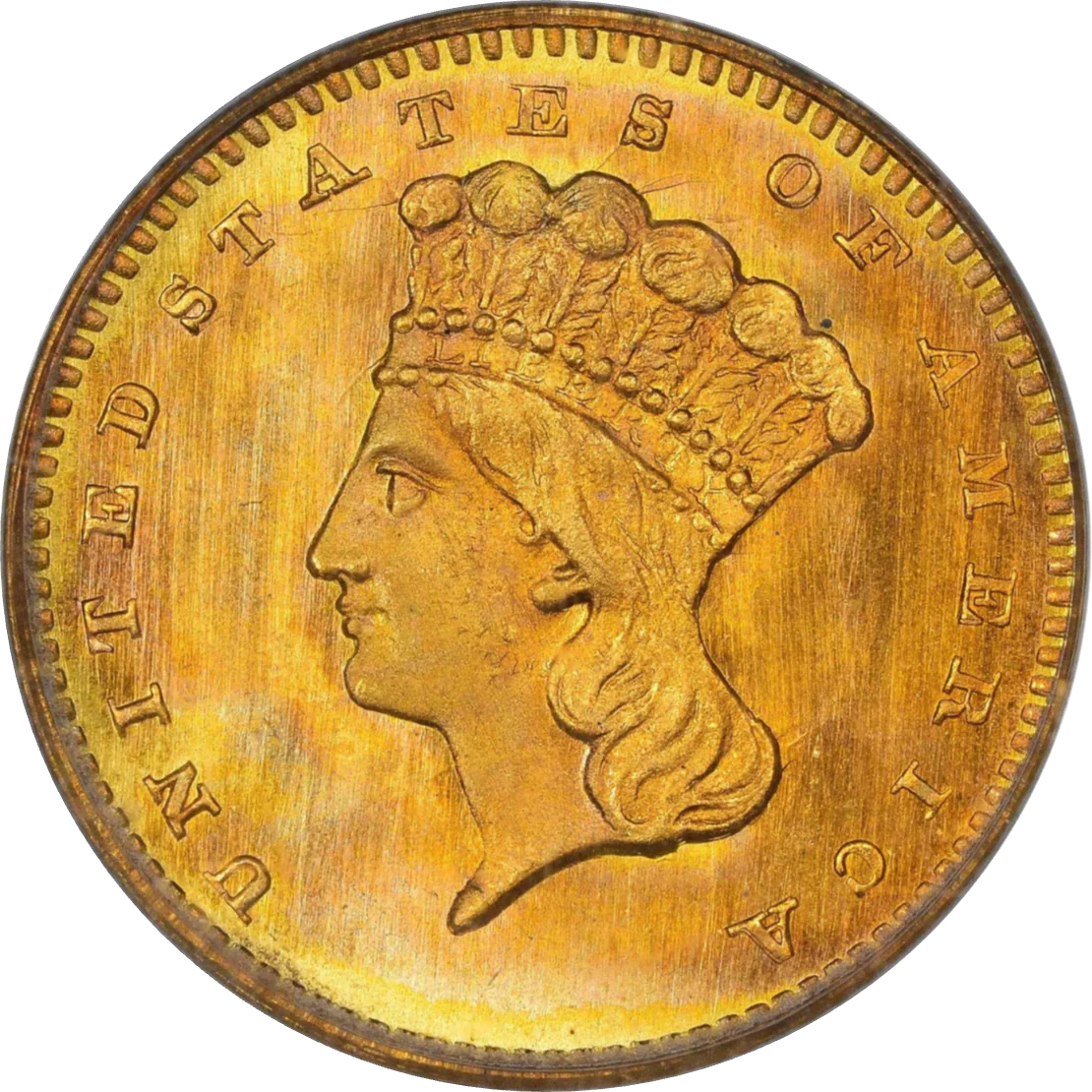Collection: Type 2, Without Rays
No products found
View All Inventory
Designed by: James Barton Longacre
Issue Dates: 1867-1883
Composition: 75% copper, 25% nickel
Diameter: 20.5 mm
Weight: 5.00 grams (77.16 grains)
Edge: Plain
Business Strike Mintage: 111,256,110
Proof Mintage: 31,000 (estimated)
The Shield nickel design issued from 1867 to 1883 closely resembles the original 1866 version, but with one important ... Read More
Designed by: James Barton Longacre
Issue Dates: 1867-1883
Composition: 75% copper, 25% nickel
Diameter: 20.5 mm
Weight: 5.00 grams (77.16 grains)
Edge: Plain
Business Strike Mintage: 111,256,110
Proof Mintage: 31,000 (estimated)
The Shield nickel design issued from 1867 to 1883 closely resembles the original 1866 version, but with one important modification: the 13 rays between the stars on the reverse were removed. This change helped alleviate persistent striking problems caused by the hard nickel alloy and complex die features. As a result, Shield nickels of this later type tend to be more sharply struck than their 1866 counterparts, though most surviving examples still exhibit some weakness in certain areas.
Die fatigue was a common issue throughout the series, and close inspection with a magnifying glass will often reveal a fascinating network of tiny die cracks—distinctive traits that add numismatic character and enhance the appeal of these historic Shield coins.
Coinage was steady from 1867 through 1883, except in 1877 and 1878, when no business strikes were produced. In those two years, only Proof Shield nickels were issued for collectors, making them key pieces within the series.
Collectors will find that most dates from 1867 to 1876, along with 1882 and 1883, are accessible in grades from Good through About Uncirculated. However, Uncirculated Shield nickels are much scarcer, and premium-quality Mint State examples are considered rare. Proofs were struck in relatively generous numbers and remain available today, though many original pieces show light flecks or toning due to long-term exposure to moisture.
When evaluating Shield nickel values, factors such as strike quality, die state, surface preservation, and whether the coin is a circulation issue or Proof play a significant role in determining its market worth. These enduring Shield coinscontinue to attract collector interest for their unique design, historical context, and challenge in locating high-grade examples.
... Read Less
